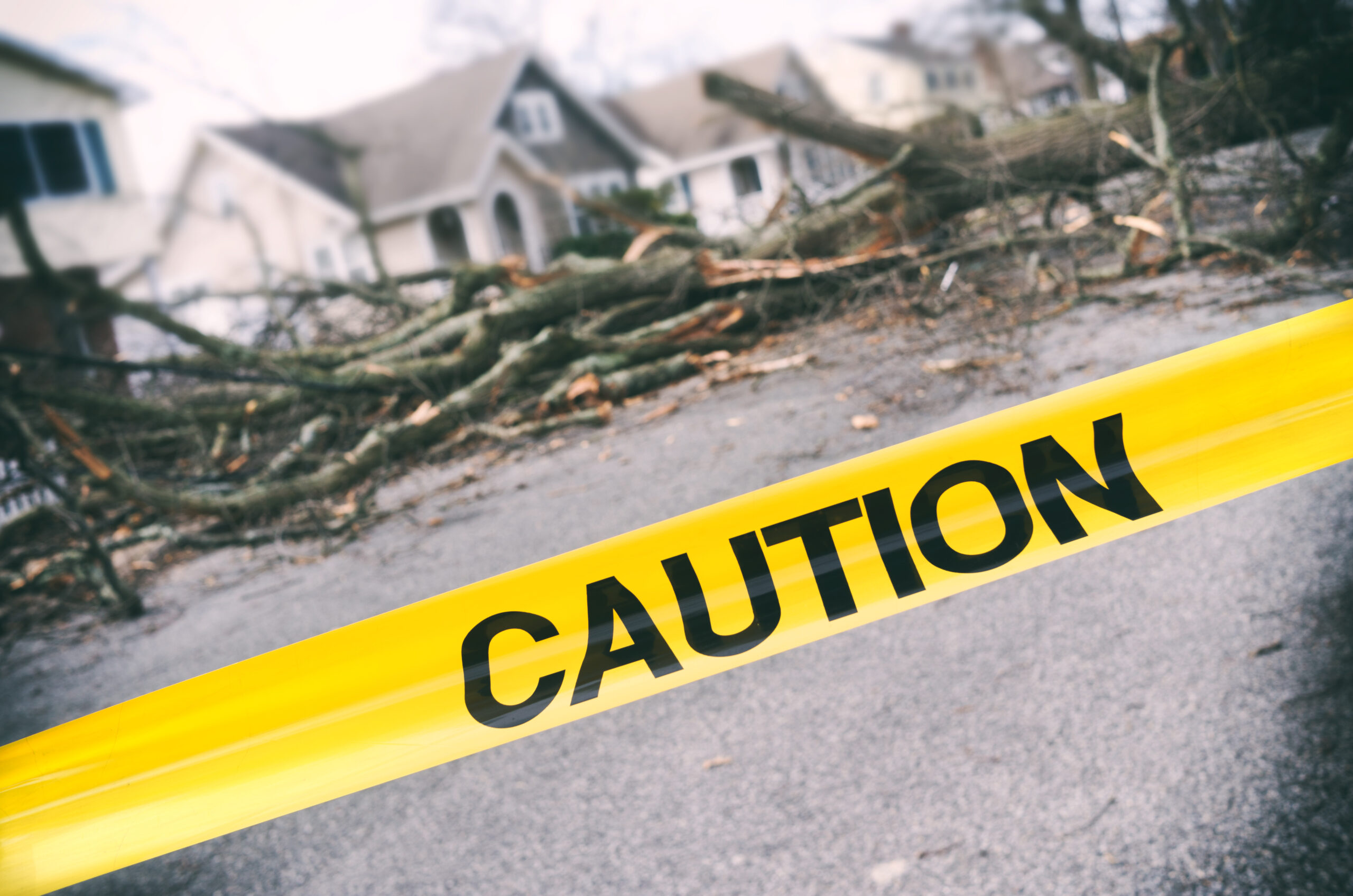
How to Safely Document Storm Damage
Natural disasters, such as storms, can wreak havoc on our homes and properties. In the aftermath of a storm, it’s pivotal to thoroughly document any damage to your home. This will not only help speed up the insurance claims process but also serve as evidence for any needed repairs or renovations. However, safety should be your top priority while assessing and documenting the damage. Continue reading our blog as we provide you with a guide on how to safely document storm damage to your home.
Wait for Clearance
Before you step outside to assess the damage, make sure you have received official clearance from local authorities that it’s safe to do so. Storms can leave behind hidden dangers, such as downed power lines, unstable structures, and debris, which could pose serious risks to your safety.
Stay Safe and Wear Protective Gear
Once you have the green light to inspect your property, it’s important that you have appropriate safety gear. This should include:
- Sturdy gloves
- A hard hat
- Goggles
- Closed-toe shoes
Depending on the extent of the damage, you may also need a mask to protect yourself from dust and other airborne particles. While you may be eager to start cleaning up and making repairs, it’s vital to prioritize your safety first. Avoid entering any severely damaged areas, and refrain from attempting repairs beyond your expertise. If you need urgent repairs, contact the professionals at Superior Builders, Inc., who are equipped to safely handle storm damage.
Take Photos and Videos
Using your smartphone or a camera, take clear and detailed photos and videos of all the damage you encounter. Capture images of both the interior and exterior of your home, including structural damage, broken windows, water intrusion, fallen trees, and any personal belongings that have been affected. These visual records will be essential for insurance claims and contractor assessments.
Record Everything
Write down detailed descriptions of each damaged area or item, along with its location within your property. This will assist both insurance adjusters and contractors in understanding the scope of the damage. Throughout the cleanup and repair process, it is important to keep a detailed record of all expenses incurred, including temporary accommodations if necessary. This will help ensure you are appropriately compensated during the insurance claim process. Remember to date and time-stamp your photographs and videos. This documentation will help establish the timeline of the storm damage and be beneficial during the claims process.
Water Damage
Water damage is a common issue after storms, and it will lead to mold growth and structural problems if not promptly addressed. Document waterlogged areas and standing water as well as any signs of mold or mildew. Take steps to dry out the affected areas or contact professionals for assistance.
Notify Your Insurance Provider
Once you have safely documented the storm damage, contact your insurance provider as soon as possible to initiate the claims process. Provide the information you’ve gathered, including photographs, videos, and written descriptions. Be prepared to answer any additional questions about the extent of the damage.
Contact Superior Builders, Inc.
Documenting storm damage to your home is crucial during the recovery process. If you are unsure about the extent of the damage or how to proceed safely, it’s always best to seek professional assistance. From remodels to new construction to insurance claim assistance, the knowledgeable team at Superior Builders has you covered. Contact us today!

